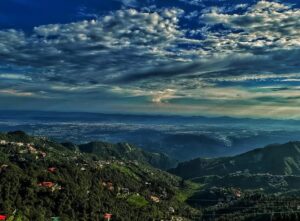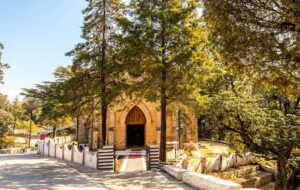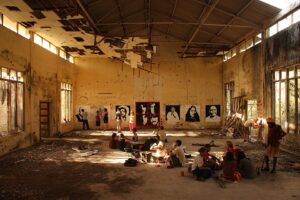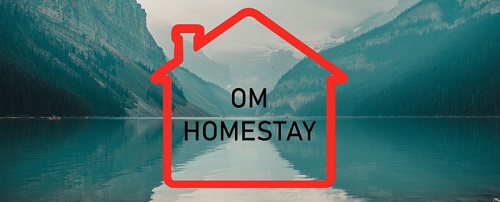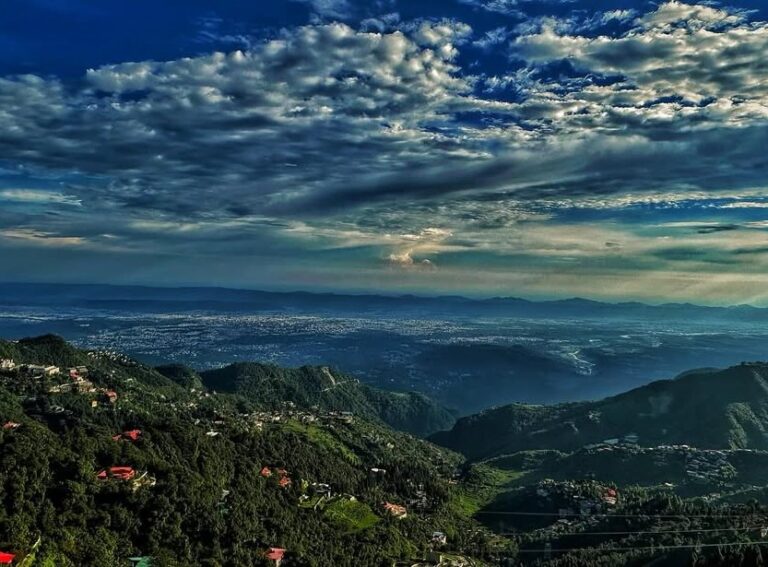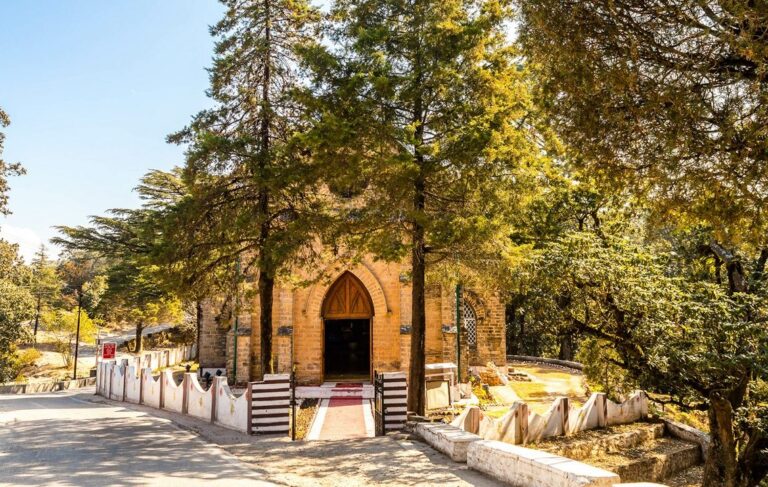Discover 12 Sensational Taj Mahal Quick Facts Agra India
Taj Mahal Quick Facts, Architecture and Layout: A Masterpiece of Design
The Taj Mahal, built between 1632 and 1653, is a masterpiece of architecture and a symbol of love. Shah Jahan spent nearly 32 million rupees on its construction, which is equivalent to about $1 billion today. Around 28 types of precious and semi-precious stones, sourced from Tibet, China, Sri Lanka, and parts of India, were used to adorn the Taj. Materials from across Asia were transported with the help of over 1,000 elephants.
12 Surprising Taj Mahal Quick Facts
-
Mughal emperor Shah Jahan built the Taj Mahal in memory of his favorite wife, Mumtaz Mahal.
-
Construction began in 1631 and finished in 1653, taking 22 years to complete.
-
More than 22,000 laborers and artisans participated in the building process.
-
Over 1,000 elephants carried construction materials to the site.
-
The Taj Mahal changes color based on the time of day: pink in the morning, milky white in the evening, and golden in the moonlight.
-
28 different types of precious and semi-precious stones were used for inlay work, sourced from Sri Lanka, Tibet, China, and various parts of India.
-
Shah Jahan and Mumtaz Mahal’s cenotaphs are inside, but their actual graves are in a plain crypt below, as per Islamic tradition.
-
The 99 names of Allah are inscribed on the tomb of Mumtaz Mahal.
-
The foundation is made of timber, which stays strong because of the moisture from the Yamuna River.
-
The four minarets tilt outward for safety; if an earthquake occurs, they will fall away from the main tomb.
-
UNESCO designated the Taj Mahal a World Heritage Site, and it is listed among the 7 Wonders of the World.
-
In times of war, the Taj Mahal was camouflaged with bamboo scaffolding to protect it from air raids.
Each of these facts highlights the architectural genius, romantic legacy, and historical importance of the Taj Mahal in Agra, India.
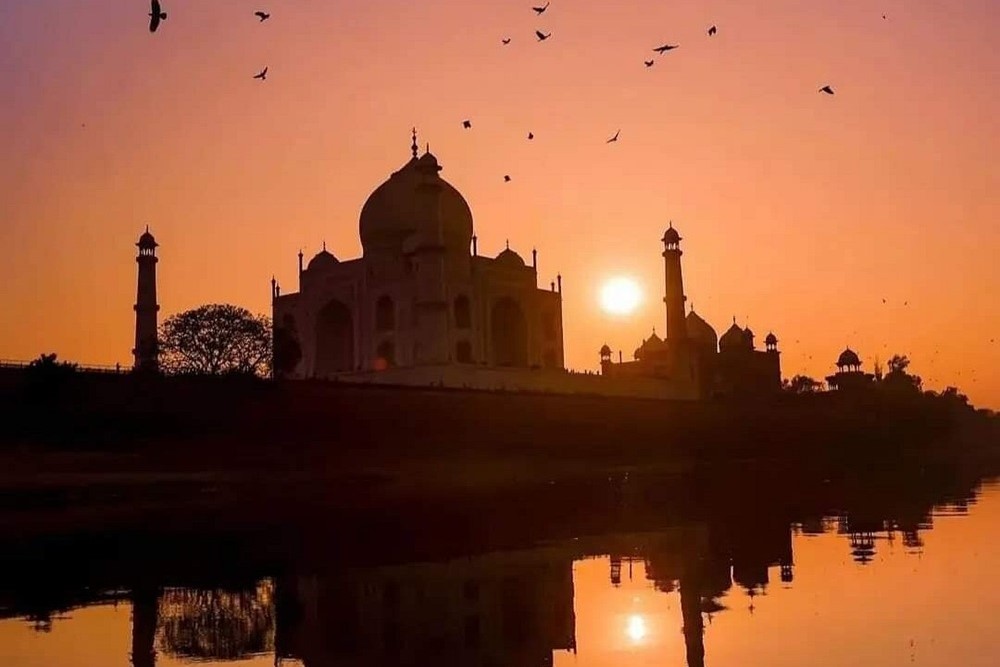
Sunrise at Taj Mahal
Here is a list of fascinating Taj Mahal Quick Facts
- A unique feature of the Taj Mahal is its minarets, which are slightly tilted outward to protect the central tomb in case of an earthquake. The widely spread myth about the artisans’ arms being cut off after its completion is false—Ustad Ahmad Lahauri, the chief architect, also designed the Red Fort.
- The foundation of the Taj Mahal, made of timber, is preserved because of the Yamuna River, which keeps the wood moist and strong even today. Without the river, the foundation would have weakened over time.
- The Taj Mahal in Agra, India, is a stunning example of Mughal architecture, known for its intricate design and perfect symmetry.
- The architecture of the Taj Mahal reflects a stunning blend of Indian, Persian, and Islamic design traditions. Its intricate calligraphy, primarily from the Quran, adorns the walls and the tombs of Mumtaz Mahal and Shah Jahan.
- The marble stones used in its construction were sourced from various regions. The white marble came from Makrana, Rajasthan, while Jade and Crystal were imported from China, Lapis Lazuli from Afghanistan, and Turquoise from Tibet. Interestingly, the Taj Mahal stands five feet taller than the Qutub Minar.
- Originally, the monument was planned for Burhanpur, Madhya Pradesh, but due to the lack of sufficient marble, it was built in Agra, which is now a major tourist attraction with over 4-8 million annual visitors.
- The gardens of the Taj were originally filled with roses, daffodils, and fruit trees, but were altered by the British in the 19th century to resemble London lawns. A copper lamp, weighing around 60 kg and inscribed with Lord Curzon’s name, hangs under a royal gate, adding to the monument’s charm.
- The Taj Mahal is renowned for its changing colors—pinkish in the morning, milky white in the evening, and golden in the moonlight. It’s also a UNESCO World Heritage Site and was named one of the Seven Wonders of the World in 2007.
- The Taj Mahal is closed on Fridays for prayers due to its active mosque. Plan your visit accordingly to capture the beauty of this iconic symbol of love. Isn’t it interesting about taj Mahal Agra facts?
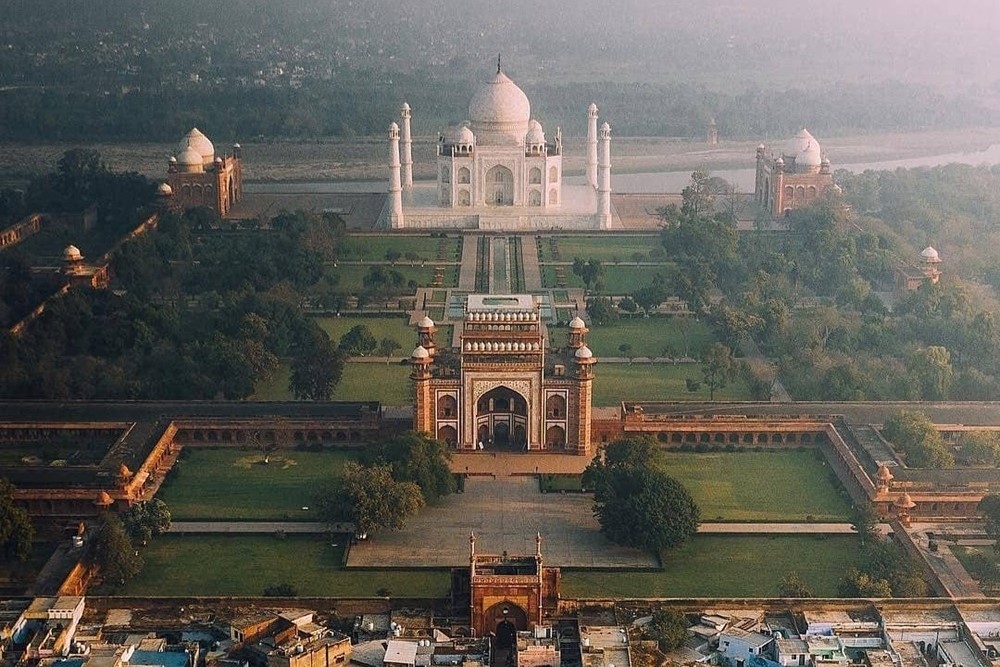
Other Taj Mahal Agra Facts
- The Taj Mahal is Taller than Qutub Minar! Would you believe it if we told you the Taj Mahal in Agra is taller than the Qutub Minar in Delhi? It’s true! The Taj stands proudly at 73 meters, while the Qutub Minar is just a bit shorter at 72.5 meters. Isn’t it interesting about taj Mahal Agra facts?
- There Are Over 10 Replicas of the Taj Mahal Around the World Yes, you read that right! There are more than 10 replicas of the Taj Mahal across the globe, but none are as breathtaking as the original in Agra.
- The Taj Mahal Changes Color Throughout the Day This is super cool! The Taj Mahal appears to change colors depending on the time of day, glowing in soft pinks, golden hues, or pearly white as the sun rises and sets.
- How Much is the Taj Mahal Worth Today? Back in 1653, it cost around INR 32 million to build the Taj Mahal. Can you imagine how much it would be today? Experts say it would cost about INR 70 billion, which is almost $1 billion!
- Precious Stones Decorate the Taj Mahal The Taj Mahal is covered with over 40 types of precious and semi-precious stones like diamonds, emeralds, and pearls, making it sparkle even more.
- 1000 Elephants Helped Build the Taj Mahal Believe it or not, more than 1000 elephants were used to transport the heavy materials needed to build the majestic Taj Mahal.
- Mumtaz Mahal Passed Away After Having Her 14th Child The Taj Mahal was built by Shah Jahan in memory of his wife Mumtaz Mahal, who passed away during the birth of their 14th child.
- 20 Years and 20,000 Workers It took around 20 years and 20,000 workers to build the incredible Taj Mahal we see today in Agra. Isn’t it interesting about taj Mahal Agra facts?
- Building Materials Came from All Over the World To build the Taj Mahal, materials were brought from places like Punjab, Rajasthan, Sri Lanka, Tibet, and even China!
- The Legend of the Black Taj Mahal Some people say that Shah Jahan planned to build a black Taj Mahal after completing the white one, but his son Aurangzeb put a stop to those plans.
Taj Mahal Quick Facts
- A Symbol of Love
The Taj Mahal is an enduring symbol of love, built by Shah Jahan, the fifth Mughal Emperor, in memory of his beloved wife, Mumtaz Mahal. Tragically, she died giving birth to their fourteenth child in Burhanpur, Madhya Pradesh, before being moved to the Taj Mahal for burial. - Symmetrical Design
This architectural marvel features bilateral symmetry, creating a stunning mirror effect. Every detail, from the minarets to the gardens, is perfectly aligned, giving a sense of infinite space that amazes architects and mathematicians. - A Fusion of Cultures
The Taj Mahal blends Islamic, Persian, and Indian architectural styles. Its grand dome and minarets showcase Islamic design, while pietra dura inlay work reflects Persian artistry. The gardens exemplify Indian aesthetics, making it a unique cultural synthesis. - One of the Wonders of the World
In 2007, the Taj Mahal was named one of the Seven Wonders of the World. However, rising air pollution is threatening its pristine white marble. The Archaeological Survey of India used Multani Mitti in 1994 to combat discoloration, proving effective in preserving its beauty. - No-Fly and No-Vehicle Zone
To protect the Taj Mahal, no polluting vehicles are allowed within 500 meters, and only battery-operated buses can circulate around the area. Additionally, it is a no-fly zone to minimize pollution and ensure security. - 20,000 Hands Created a Masterpiece
Constructing the Taj Mahal required the effort of around 20,000 skilled artisans and laborers. Their dedication and expertise were vital in creating this breathtaking structure. - Minarets as Safety Features
The four minarets surrounding the Taj Mahal are slightly tilted outward. This design helps protect the main dome during earthquakes, ensuring that if the minarets fall, they won’t damage the main building. - Over 1,000 Elephants Used
The construction of the Taj Mahal required heavy lifting, so over 1,000 elephants were employed to transport the massive quantities of marble and sandstone needed. - Bamboo Shields During Wars
To protect the Taj Mahal during conflicts, it was once covered with bamboo scaffolding to disguise it as a stockpile during World War II and the 1971 India-Pakistan war. - The Yamuna River’s Role
The Yamuna River is essential for the Taj Mahal’s foundation, which is made of timber that needs moisture to stay strong. Without the river, the monument might never have been built. - A Kaleidoscope of Colors
The Taj Mahal changes colors throughout the day. In the morning, it appears pink, at sunset it glows orange, and on a full moon night, it shines a stunning milky white. - Never Illuminated with Lights
Unlike other monuments, the Taj Mahal is never lit up at night. This is to prevent attracting insects, which could damage the marble. Instead, it is best enjoyed in the soft glow of moonlight.
Construction and Architecture
- The main construction began in 1632 and reached substantial completion by 1648; the adjoining mosque, guest house, and courtyards finished by 1653.
- More than 20,000 artisans, craftsmen, and laborers from India, Persia, the Ottoman Empire, and even Europe participated in the project.
- Ustad Ahmad Lahauri, a renowned architect, led the team that crafted this masterpiece.
- Workmen quarried white marble from Makrana, Rajasthan, along with precious stones like jade from China, turquoise from Tibet, and lapis lazuli from Afghanistan.
- Builders used brick and lime mortar for the core structure, then covered it with pure white marble for brilliance and durability.
- You marvel at the intricate pietra dura inlay—twenty-eight varieties of precious and semi-precious stones create vibrant floral patterns all over the building.
Complex Layout and Symbolism
- The Taj Mahal complex extends over 17 hectares (42 acres), including lush gardens, a main gateway, a mosque, a guest house, and symmetrical subsidiary structures.
- The mausoleum sits on a raised marble platform, aligned along a central axis that emphasizes perfect bilateral symmetry.
- Four slender minarets stand at the corners of the platform, adding elegance and framing the structure.
- You encounter the main entrance gate constructed from red sandstone, ornately decorated with Quranic calligraphy and floral designs, setting an opulent tone before you see the marble tomb.
- The interior central chamber follows the ‘hasht bihisht’ (eight-level) plan, echoing the Islamic vision of paradise with interconnected halls and side rooms.
Decorative Features
- The cenotaphs of Mumtaz Mahal and Shah Jahan rest at the heart of the mausoleum, surrounded by intricately carved marble screens called jalis.
- Skilled artists adorned the walls and cenotaphs with Quranic verses in graceful Arabic calligraphy.
- The central dome rises to a height of about 73 meters (240 feet), lending the Taj Mahal its unforgettable silhouette and bathing the monument in ever-changing light.
- Red sandstone buildings on either side of the mausoleum—one a mosque, the other a replica for architectural balance—highlight the contrast and harmony of the design.
Cultural and Historical Significance
- The Taj Mahal is a UNESCO World Heritage Site, celebrated as the greatest example of Mughal architecture and a global icon of India.
- Shah Jahan’s vision was inspired by poetry and the desire to create a “house of paradise” for Mumtaz Mahal.
- Legends suggest Shah Jahan planned a matching black marble mausoleum for himself across the river, but his son Aurangzeb deposed him before this dream was realized.
Visitor Experience
- Millions of tourists visit the Taj Mahal every year—about 7 to 8 million, including nearly a million international visitors.
- You can visit the Taj Mahal from 6:00 AM to 7:00 PM every day except Fridays, when it’s closed for prayers.
- The best time to visit is at sunrise or sunset, when the marble glows in pink or golden hues.
- You can view the Taj Mahal under moonlight on select nights of the month—a truly magical experience.
Interesting Facts
- The construction cost approximately 32 million rupees at the time—a staggering sum for the 17th century.
- Builders engineered the Taj Mahal to withstand floods and earthquakes, with deep foundations and innovative structural reinforcements.
- The myth that Shah Jahan ordered the amputation of his chief architect’s hands has no strong historical evidence, but adds to the monument’s mystique.
You witness the Taj Mahal as a harmonious blend of Indian, Persian, and Islamic influences, where every arch, mosaic, and garden pathway tells a story of eternal love and artistic brilliance. You experience not just a monument but a profound legacy that continues to inspire awe, devotion, and wonder in every visitor.
Taj Mahal Quick Facts Taj Mahal Quick Facts Taj Mahal Quick FactsTaj Mahal Quick Facts Taj Mahal Quick Facts Taj Mahal Quick Facts Taj Mahal Quick Facts Taj Mahal Quick Facts Taj Mahal Quick Facts Taj Mahal Quick Facts Taj Mahal Quick Facts Taj Mahal Quick Facts Taj Mahal Quick Facts Taj Mahal Quick Facts Taj Mahal Quick Facts Taj Mahal Quick Facts Taj Mahal Quick Facts Taj Mahal Quick Facts Taj Mahal Quick Facts


